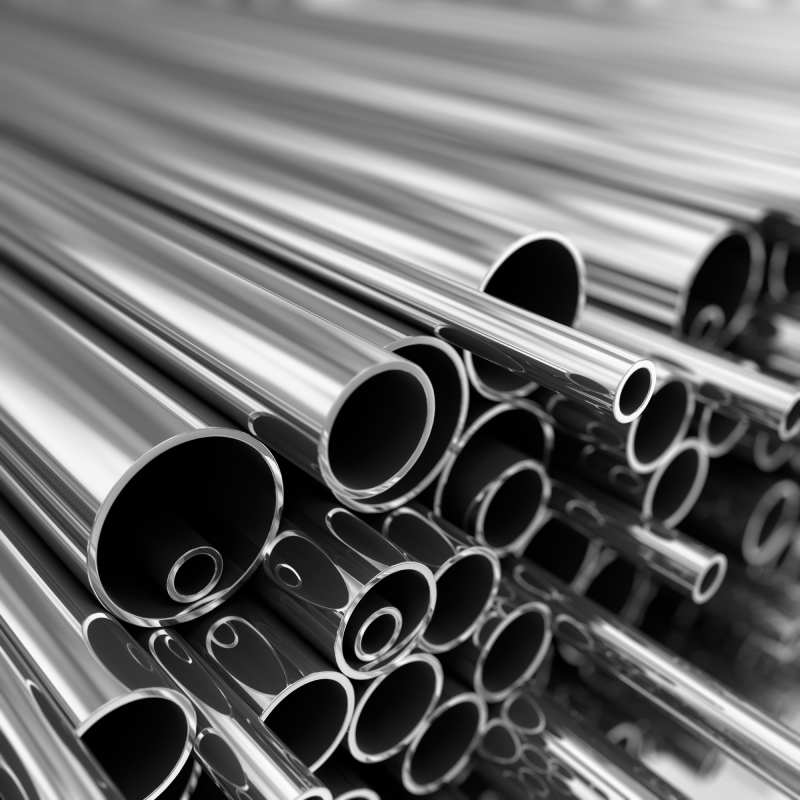-
Cangzhou Yulong Steel Co., Ltd.
-
Phone:
+86 13303177267 -
Email:
admin@ylsteelfittings.com
- English
- Arabic
- Italian
- Spanish
- Portuguese
- German
- kazakh
- Persian
- Greek
- French
- Russian
- Polish
- Thai
- Indonesian
- Vietnamese
- Zulu
- Korean
- Uzbek
- Hindi
- Serbian
- Malay
- Ukrainian
- Gujarati
- Haitian Creole
- hausa
- hawaiian
- Hebrew
- Miao
- Hungarian
- Icelandic
- igbo
- irish
- Japanese
- Javanese
- Kannada
- Khmer
- Rwandese
- Afrikaans
- Albanian
- Amharic
- Armenian
- Azerbaijani
- Basque
- Belarusian
- Bengali
- Bosnian
- Bulgarian
- Catalan
- Cebuano
- China
- China (Taiwan)
- Corsican
- Croatian
- Czech
- Danish
- Esperanto
- Estonian
- Finnish
- Frisian
- Galician
- Georgian
- Kurdish
- Kyrgyz
- Lao
- Latin
- Latvian
- Lithuanian
- Luxembourgish
- Macedonian
- Malgashi
- Malayalam
- Maltese
- Maori
- Marathi
- Mongolian
- Myanmar
- Nepali
- Norwegian
- Norwegian
- Occitan
- Pashto
- Dutch
- Punjabi
- Romanian
- Samoan
- Scottish Gaelic
- Sesotho
- Shona
- Sindhi
- Sinhala
- Slovak
- Slovenian
- Somali
- Sundanese
- Swahili
- Swedish
- Tagalog
- Tajik
- Tamil
- Tatar
- Telugu
- Turkish
- Turkmen
- Urdu
- Uighur
- Welsh
- Bantu
- Yiddish
- Yoruba

Sep . 02, 2024 02:14 Back to list
ANSI Raised Face Flange - Specifications, Uses, and Benefits
Understanding the ANSI Raised Face Flange A Key Component in Piping Systems
In the world of piping systems, flanges play a vital role in connecting various components while ensuring the integrity and safety of the system. One of the most widely utilized types of flanges is the ANSI (American National Standards Institute) raised face flange. This article delves into its design, applications, advantages, and installation procedures.
What is an ANSI Raised Face Flange?
The ANSI raised face flange features a small, raised section around the bolt holes that is designed to provide a better sealing surface. Typically made from materials such as carbon steel, stainless steel, or alloy steel, these flanges adhere to the ANSI/ASME B16.5 standard, which outlines the dimensions, tolerances, and materials for piping flanges used in various industrial applications.
Design Features
One of the defining characteristics of the ANSI raised face flange is its raised face profile, which can be approximately 1/16 inch higher than the mating surface of the flange. This feature increases the contact area with the gasket, enhancing sealing capabilities. The raised portion allows for better compression and control of the gasket material, which is critical for preventing leaks under high pressure and temperature conditions.
Moreover, ANSI raised face flanges are available in several pressure classes, ranging from 150 to 2500 pounds. The choice of pressure class is essential, as it dictates the flange's ability to withstand pressure and temperature changes, making it suitable for various fluid services.
Applications
ansi raised face flange

ANSI raised face flanges are commonly found in a wide array of industries, including oil and gas, chemical processing, power generation, and water treatment. They are often used in conjunction with gaskets to form a secure connection between pipes, valves, and other equipment. The versatility and reliability of these flanges make them an optimal solution for both high-pressure and low-pressure applications.
In particular, they are prevalent in systems that handle corrosive or high-temperature fluids, where the integrity of the connection is paramount. Their design allows for easy assembly and disassembly, which is critical for maintenance and replacement of piping components.
Advantages
The use of ANSI raised face flanges offers various advantages. One of their primary benefits is the enhanced sealing capability due to the raised face design. This design reduces the risk of leaks, which can be costly and hazardous. Additionally, these flanges facilitate easy alignment and installation, which can significantly reduce downtime during maintenance.
Furthermore, the standardization of ANSI raised face flanges means that they are widely available and compatible with numerous fittings and components, simplifying the procurement process for engineers and purchasing agents alike.
Installation Considerations
When installing ANSI raised face flanges, it's crucial to follow proper procedures to ensure an effective seal. First, it’s important to clean the mating surfaces and inspect the gasket to check for any damage. During assembly, bolts should be tightened in a star pattern to achieve uniform pressure across the flange and gasket. Care must also be taken to ensure that the bolts are of the appropriate grade and length for the specific application.
In conclusion, ANSI raised face flanges are an essential component of piping systems, providing reliability, versatility, and safety. Understanding their design, applications, and installation is crucial for professionals in the industry to ensure optimal performance in their piping configurations.
Latest news
-
ANSI 150P SS304 SO FLANGE
NewsFeb.14,2025
-
ASTM A333GR6 STEEL PIPE
NewsJan.20,2025
-
ANSI B16.5 WELDING NECK FLANGE
NewsJan.15,2026
-
ANSI B16.5 SLIP-ON FLANGE
NewsApr.19,2024
-
SABS 1123 FLANGE
NewsJan.15,2025
-
DIN86044 PLATE FLANGE
NewsApr.19,2024
-
DIN2527 BLIND FLANGE
NewsApr.12,2024
-
JIS B2311 Butt-Welding Fittings LR/SR 45°/90° /180°Seamless/Weld
NewsApr.23,2024











